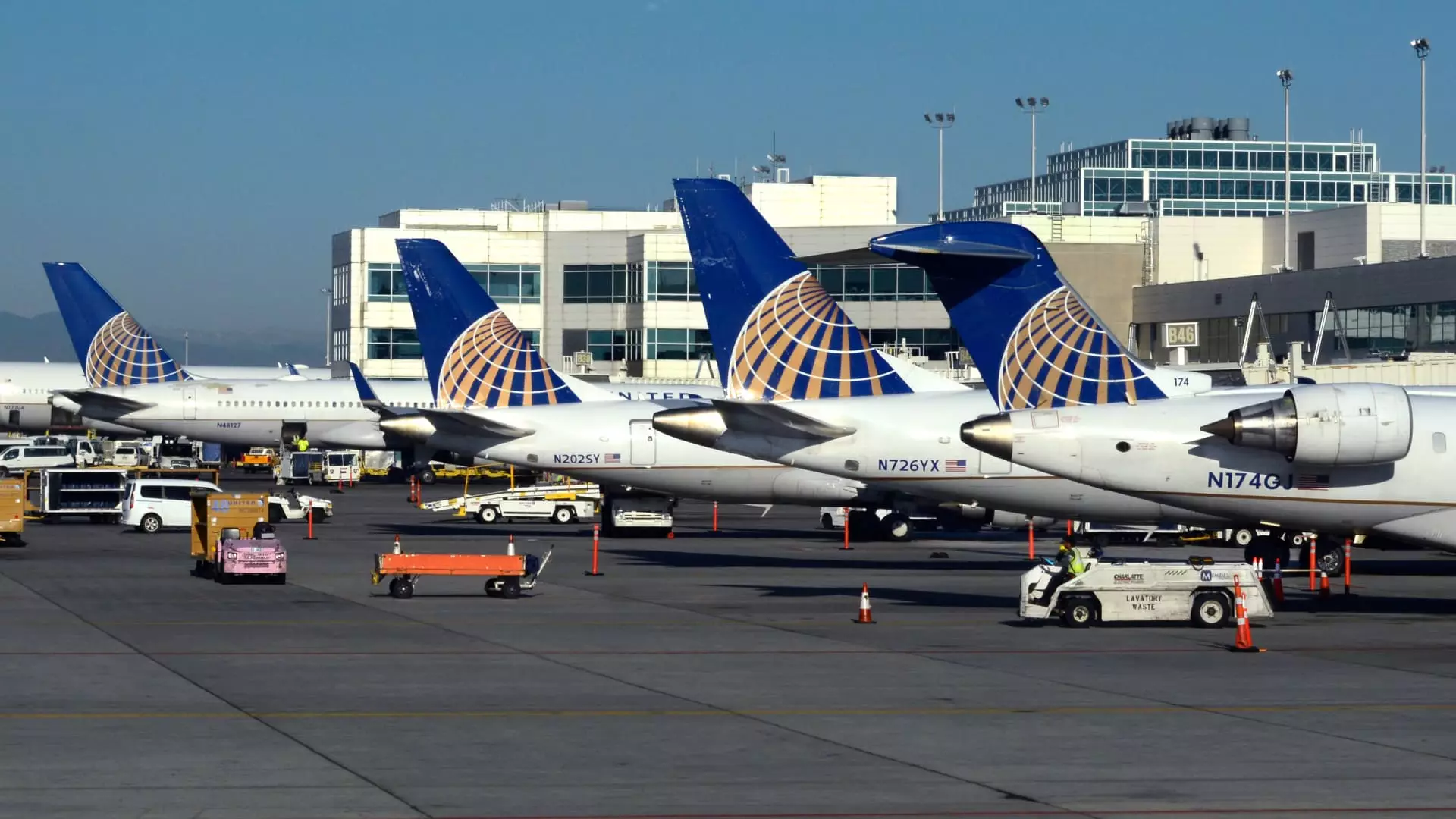In what could be seen as a blatant cash grab, United Airlines has recently announced a steep increase in fees associated with their annual airport lounge memberships and rewards credit cards. While the airline attempts to dress up these financial hikes as necessary for enhanced services, there’s no denying that they are banking on the loyalty of an increasingly complacent consumer base. As more people try to make the most of their travel experiences, United seems to be betting that the desire for comfort will outweigh the growing costs. This bold move challenges travelers to reflect on how much they’re truly willing to pay for comforts that used to come standard.
The Illusion of Added Value
Richard Nunn, the chief executive of United’s MileagePlus loyalty program, claims the airline has thoughtfully designed the alterations to ensure that the benefits consumers receive will outweigh any mismatched costs. Yet, one has to question whether these new features, such as rideshare credits and discounts on award flights, are genuinely adding substantive value or merely shiny trinkets meant to placate a discontented customer base. Offering nominal perks in exchange for inflated fees might just be an elegant way of masking the decline in true customer service. In a market that increasingly prioritizes profit margins over passenger experience, this type of “value” feels like a paltry Band-Aid on a much larger wound.
Exploitation Under the Guise of Loyalty
The current landscape of air travel is one defined by opulence for a selective few, as crowded lounges and elevated entry requirements showcase. With each passing year, airlines like United seem determined to exploit consumer loyalty, transforming that brand fidelity into a lucrative source of income. A staggering increase in the number of MileagePlus members—17 million, according to Nunn—has ultimately led to more demand for exclusive amenities. This consumer-driven surge is causing a trade-off where only a select class can comfortably access the travel perks that frequent fliers once enjoyed.
The Hidden Costs of Loyalty Programs
Then there’s the intentional gauging of loyalty revenue, which has become a chief revenue stream for United Airlines. Millions in revenue from co-branded credit card partnerships has created a windfall that many may argue is at the cost of the consumer experience. The fact that United reported $3.49 billion in “other” revenue suggests airlines are leaning heavily on travelers to subsidize the expansion of their perks, while simultaneously raising the fees across the board. It’s a cyclical scheme that pressures the average traveler into spending more just to maintain previously available conveniences.
Are Consumers in a Squeeze Play?
Ultimately, the question looms: How far can airlines push this envelope before consumers decide they’ve had enough? As airlines like United continue to inflate fees while touting nominal benefits, travelers need to reconsider their loyalty. It’s possible that in the chase for luxe facilities and extra miles, consumers overlook the financial toll embedded within these loyalty programs. In an industry that has demonstrated a clear preference for profit over people, the onus may soon fall on consumers to assert their worth in a market all too happy to disregard it.


Leave a Reply